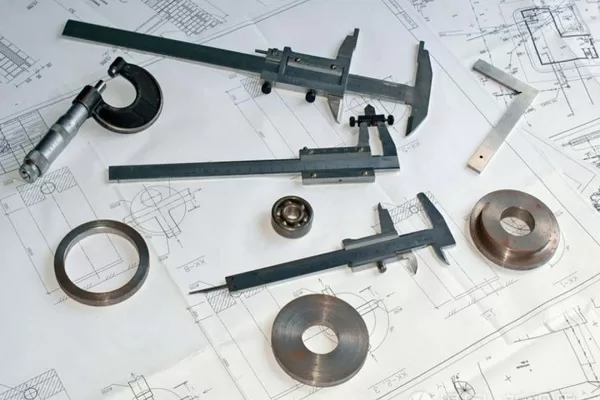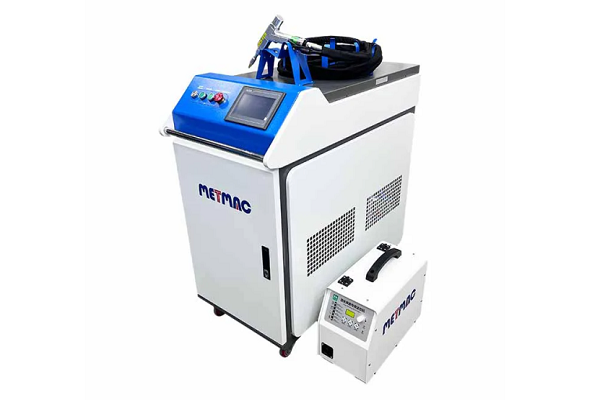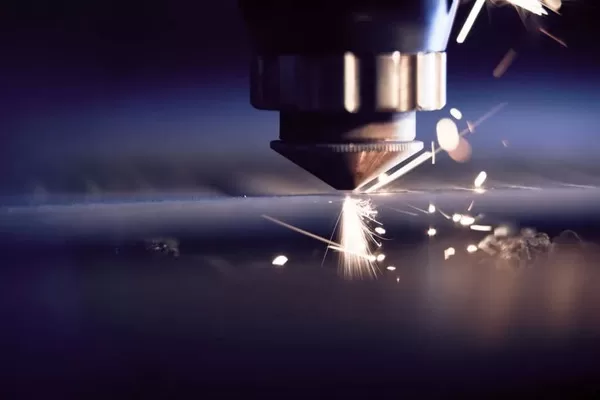
Troubleshooting Common Issues with Rectangular Duct Machines
- By:Metmac
- 2024-09-06
- 60
Rectangular duct machines are essential for the production of HVAC ductwork, but they can occasionally experience issues that can affect their performance and output. Troubleshooting these issues promptly and effectively is crucial to maintain optimal productivity and minimize downtime. Here’s a comprehensive guide to troubleshooting common issues with rectangular duct machines:
Feed System Issues
– Insufficient Coil Feed: Ensure the coil is properly loaded into the machine and that the feed tension is set correctly. Check if the feed rollers are damaged or worn.
– Coil Jams: Inspect the coil for any damage or debris that may be causing an obstruction. Clean the feed path and adjust the feed settings as necessary.
– Feed Motor Problems: Test the feed motor and associated controls. Check for loose connections, faulty wiring, or overheating.
Bending Issues
– Inaccurate Bending Angles: Calibrate the bending rollers and ensure they are aligned correctly. Check the bending radius and adjust it if needed.
– Poor Bend Quality: Inspect the bending dies for wear or damage. Replace or repair the dies as required. Fine-tune the bending speed and pressure settings for optimal results.
– Roller Slipping: Check the roller surface for any debris or wear. Adjust the bending tension and ensure the rollers have adequate grip on the material.
Cutting Issues
– Inconsistent Cutting Lengths: Calibrate the cutting blade and ensure it is properly aligned. Check the material thickness settings and adjust them accordingly.
– Burrs or Distortion: Use a sharp cutting blade to minimize burrs. Adjust the cutting speed and pressure to prevent material distortion.
– Blade Jamming: Ensure the cutting blade is properly mounted and has sufficient clearance. Check for any obstructions in the cutting path and remove them.
Assembly Issues
– Incorrect Flange Lengths: Set the flanging machine parameters correctly to produce flanges of the desired length. Check if the flanging rollers are worn or damaged.
– Poor Flange Quality: Adjust the flanging tension and pressure to ensure secure flanges. Inspect the flanging dies for any wear or misalignment.
– Leaking Seams: Check that the seams are properly sealed and that the sealant is applied correctly. Adjust the seam pressure settings if necessary.
Electrical Issues
– Power Loss: Check the machine’s electrical connections and the main power supply. Inspect for any loose wires or damaged components.
– Motor Overloads: Monitor the motor temperature and load. Reduce the machine load if necessary and ensure adequate ventilation.
– Circuit Breaker Tripping: Reset the circuit breaker and check the circuit for any overloads or short circuits. Inspect the electrical components for any signs of damage.
Other Issues
– Material Handling Problems: Ensure smooth material flow by optimizing the machine’s material handling system. Check for any obstructions or bottlenecks.
– Software Errors: Restart the machine’s software and check for any error messages. Contact the equipment manufacturer if the issue persists.
– Maintenance Neglect: Conduct regular maintenance on the machine to prevent minor issues from escalating into major problems.
-
The Advantages of Using a Sheet Roll Forming Machine in Manufacturing
2024/09/14 -
How to Optimize Your Laser Sheet Cutting Machine for Maximum Performance
2024/09/12 -
How to Maximize Efficiency with Modern Sheet Metal Working Machines
2024/09/04 -
The Environmental Benefits of Using Duct Board Grooving Machines
2024/09/03
-
A Guide to the Latest Innovations in Sheet Metal Folding Machines
2024/11/29 -
Key Features to Consider When Investing in a Sheet Metal Folding Machine
2024/11/28 -
Enhancing Precision with Advanced Sheet Metal Folding Machines
2024/11/27 -
How to Choose the Right Sheet Metal Folding Machine for Your Workshop
2024/11/26



